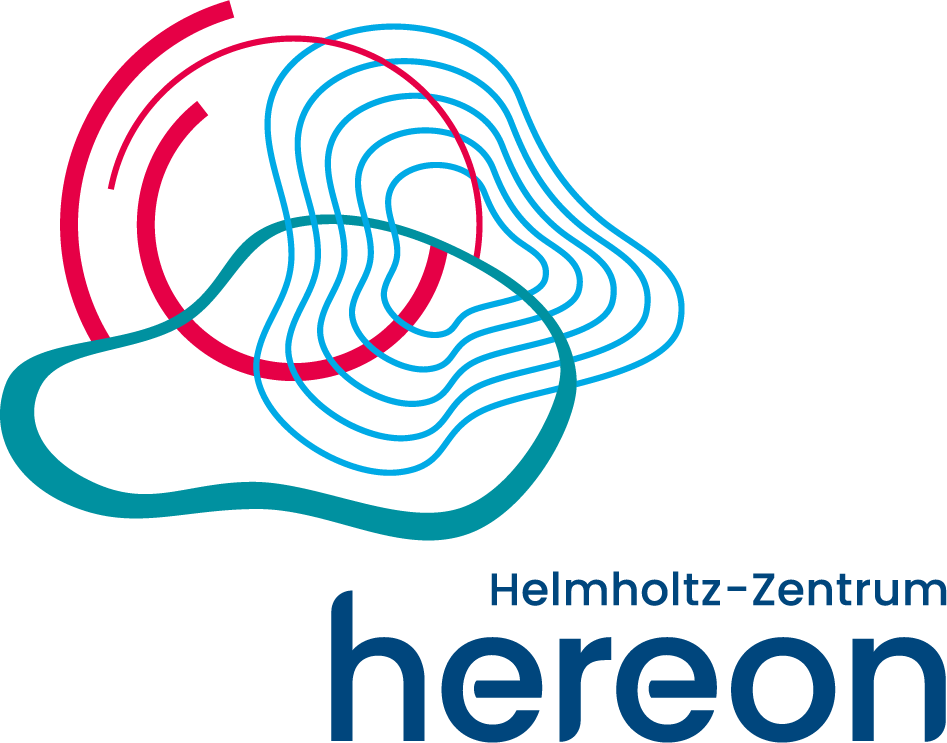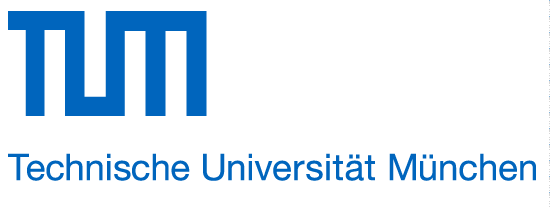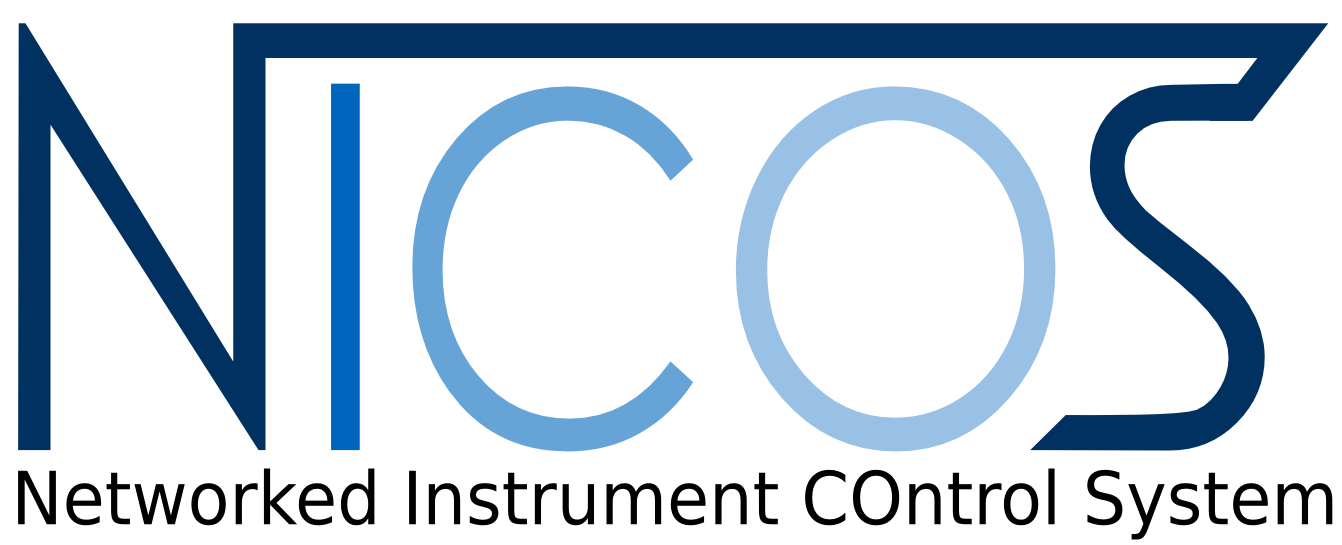MLZ is a cooperation between:
 > Technische Universität München
> Technische Universität München > Helmholtz-Zentrum Hereon
> Helmholtz-Zentrum Hereon
 > Forschungszentrum Jülich
> Forschungszentrum Jülich
MLZ is a member of:
 > LENS
> LENS > ERF-AISBL
> ERF-AISBL
MLZ on social media:

MLZ (eng)
Lichtenbergstr.1
85748 Garching
FIREPOD (under construction)
Thermal high-throughput powder diffractometer
FIREPOD (FIne REsolution POwder Diffractometer) is a dedicated high-throughput powder diffractometer on the thermal beam tube SR-8a. Its main field of application is the analysis of the crystal structure of modern polycrystalline materials, whereby it is ideally suited for a variety of fast parametric studies and investigations on large sample series.
FIREPOD is characterised by eight 2D area detectors (DENEX 300TN), each with an active area of 300 × 300 mm2 and a position resolution of 2 × 3 mm2. All eight detectors are placed at a fixed distance of 1375 mm from the sample, resulting in a maximum scattering angle 2θ of up to 160°. Complete coverage of this range is achieved with just two steps of the detector bank. This distance also allows for bulky sample environments (radius < 900 mm; weight < 850 kg). An oscillating radial collimator (field of view: 42 mm) suppresses parasitic scattering.
The secondary optics offer several options for beam conditioning in front of the sample. These include a HOPG filter to suppress unwanted higher-order wavelengths and a Soller collimator changer (10’ and 20’) to adjust the horizontal beam divergence. Also available is a moveable sample aperture that enables position-resolved diffraction. A six-axes robotic arm (UR10e; Universal Robotics) can be used as an automatic sample changer for the rapid measurement of very large sample series.
In the first step, FIREPOD is installed at the 112.5° exit of the existing SPODI monochromator shielding of the SR-8a beamline. At this exit angle, the Ge(551) monochromator delivers a wavelength of λ = 1.318 Å.
- Fast parametric studies (e.g. for structural phase transitions)
- Measurements with large sample series
- In-situ and in-operando investigations
- Energy storage materials: materials for lithium-ion batteries, hydrogen storage materials
- Functional materials: ferroelectrics, multiferroics etc.
- Minerals and geological samples
- Magnetically ordered systems
- Closed cycle cryostat: 3 – 550 K
- Vacuum high-temperature furnace: Tmax = 1700°C
- Cryomagnet: Bmax: 5 T
- Six-axes robot arm (UR10e; Universal Robotics) as automatic sample changer
- Ge(551)-Monochromator
- Take-off angle 112.5°
- λ = 1.318 Å
- Eight 2D area detectors (DENEX 300TN)
- Active area of 300 × 300 mm2; position resolution of 2 × 3 mm2
- Fixed distance from the sample = 1375 mm; scattering range: 3° < 2θ < 160°
- Oscillating radial collimator (field of view: 42 mm)
Instrument scientists
Dr. Christoph Hauf
Phone: +49 (0)89 289-14435
E-mail: christoph.hauf@frm2.tum.de
Dr. Anatoliy Senyshyn
Phone: +49 (0)89 289-14316
E-mail: anatoliy.senyshyn@frm2.tum.de
Dr. Markus Hölzel
Phone: +49 (0)89 289-14314
E-mail: markus.hoelzel@frm2.tum.de
FIREPOD@SPODI
Phone: +49 (0)89 289-14826
Operated and funded by

News
Citation templates for users
In all publications based on experiments on this instrument, you must provide some acknowledgements. To make your work easier, we have prepared all the necessary templates for you on this page.
Instrument control
MLZ is a cooperation between:
 > Technische Universität München
> Technische Universität München > Helmholtz-Zentrum Hereon
> Helmholtz-Zentrum Hereon
 > Forschungszentrum Jülich
> Forschungszentrum Jülich
MLZ is a member of:
 > LENS
> LENS > ERF-AISBL
> ERF-AISBL
MLZ on social media:





